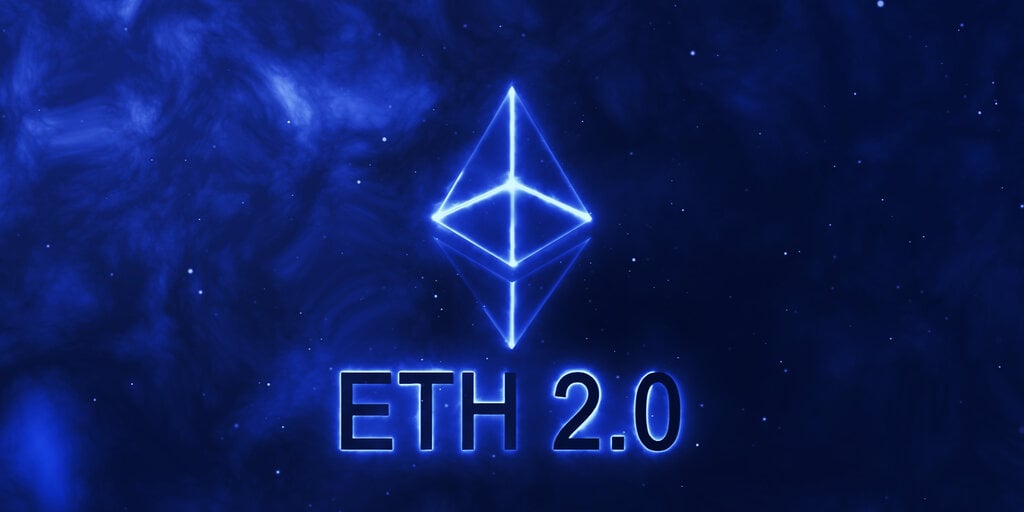ETH Foundation: ETH 2.0 Will Use 99.95% Less Energy
2 min readETH’s upcoming ETH 2.0 upgrade could help reduce the blockchain’s energy consumption and will no longer devour “a country’s worth of power,” according to Carl Beekhuizen, a researcher at the ETH Foundation.
“By my (very conservative) calculations, ETH will see a greater than ~99.95% reduction in energy use post-merge,” Beekhuizen wrote in a research report published yesterday.
By my (very conservative) calculations, ETH will see a greater than ~99.95% reduction in energy use post merge.
Dig into the details here: https://t.co/BOiilkZm5a
— carlbeek.eth (@CarlBeek) May 18, 2021
Taking the total number of validators, unique addresses, and the average energy consumed by hardware into account, the resulting figure was significantly lower than ETH’s current energy demands using the proof of work (PoW) consensus mechanism.
“In total, a Proof of Stake ETH, therefore, consumes something on the order of 2.62 megawatt. This is not on the scale of countries, provinces, or even cities, but that of a small town (around 2,100 American homes),” Beekhuizen wrote.
ETH upgrade on the horizon
Currently, ETH’s blockchain uses the same energy-hungry proof of work (PoW) consensus mechanism employed by BTC. This will change soon, however, thanks to ETH 2.0. The ambitious multi-year upgrade will switch the network to a greener consensus mechanism called proof of stake (PoS).
This is because proof of stake relies on users locking up—or staking—ETH to support the production of new blocks instead of using energy-intensive mining rigs.
In terms of energy required per transaction, ETH 2.0 uses the equivalent of “about 20 minutes of TV,” he added. By comparison, one transaction on PoW ETH requires the same amount of electricity that can be used to power a house for 2.8 days, while one BTC transfer consumes “38 house-days worth.”
While ETH 2.0 is only in its preliminary stages, users have already locked up more than $4 million worth of tokens in it.
The first testnets for the post-merge ETH—when the blockchain fully transitions to ETH 2.0—were launched in late April. A hard date for the full launch, however, has been notoriously hard to pin down.
Still, Beekhuizen concluded that “ETH’s power-hungry days are numbered, and I hope that’s true for the rest of the industry too.”







